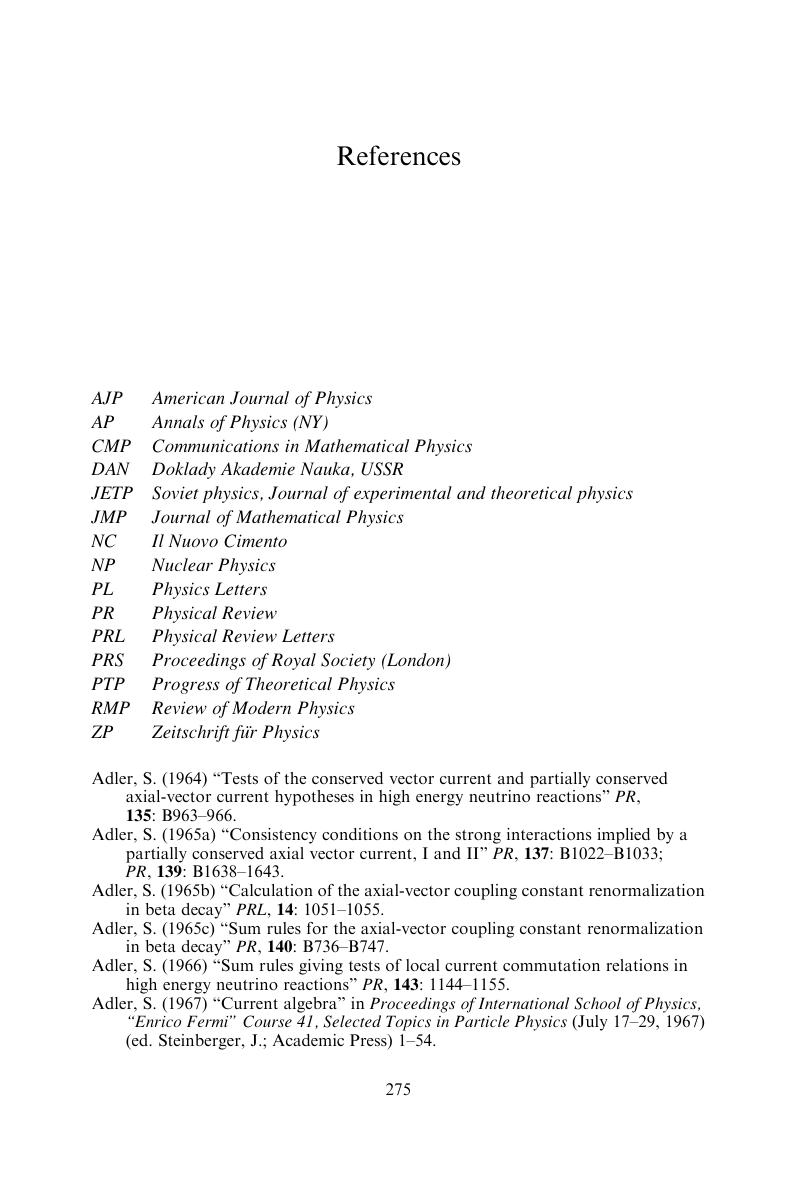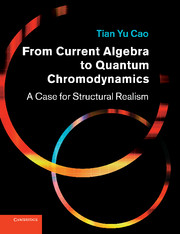Book contents
- Frontmatter
- Contents
- Preface
- 1 Introduction
- 2 The rise of current algebra
- 3 Sum rules
- 4 Saturation and closure
- 5 Scaling
- 6 Theorizations of scaling
- 7 The advent of QCD
- 8 Early justifications and explorations
- 9 Structural realism and the construction of QCD
- 10 Structural realism and the construction of the CA–QCD narrative
- References
- Author index
- Subject index
- References
References
Published online by Cambridge University Press: 06 December 2010
- Frontmatter
- Contents
- Preface
- 1 Introduction
- 2 The rise of current algebra
- 3 Sum rules
- 4 Saturation and closure
- 5 Scaling
- 6 Theorizations of scaling
- 7 The advent of QCD
- 8 Early justifications and explorations
- 9 Structural realism and the construction of QCD
- 10 Structural realism and the construction of the CA–QCD narrative
- References
- Author index
- Subject index
- References
Summary

- Type
- Chapter
- Information
- From Current Algebra to Quantum ChromodynamicsA Case for Structural Realism, pp. 275 - 295Publisher: Cambridge University PressPrint publication year: 2010



